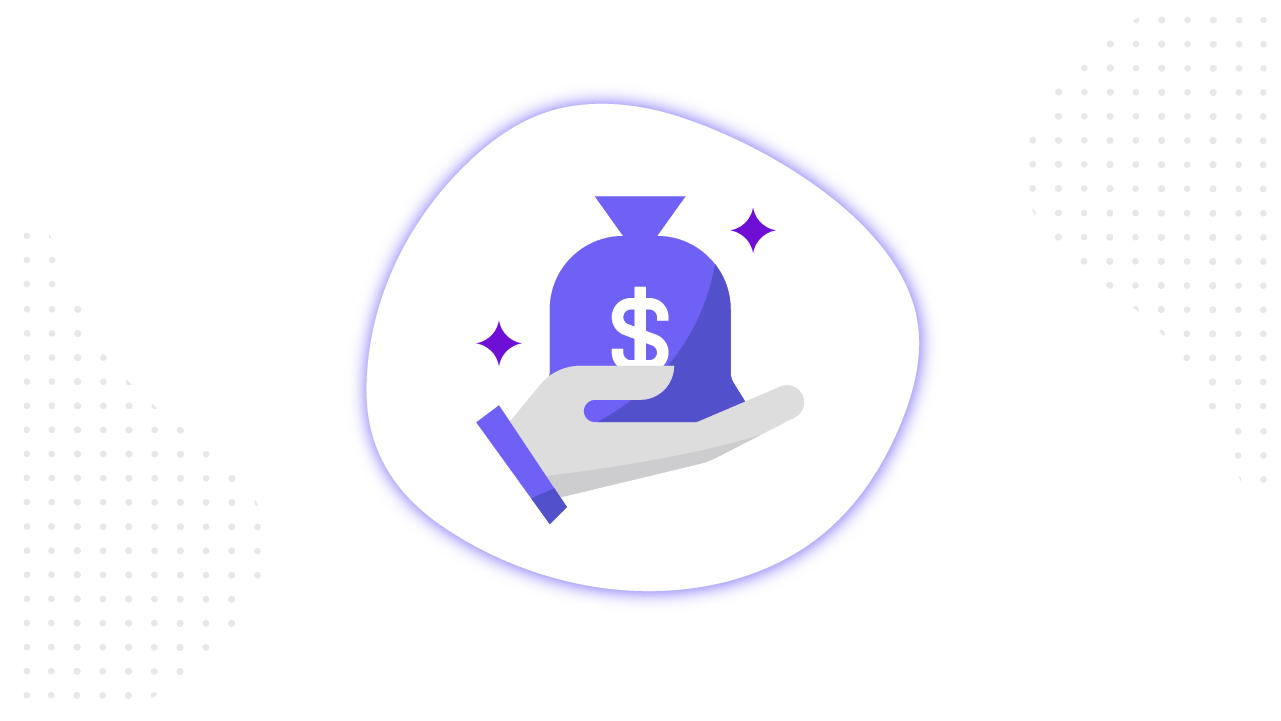Содержание
Any business wants to get the maximum effectiveness of its social media advertising. What it needs is the full knowledge of the customer journey with all its interaction points, including offline.
In an online environment, you track all user actions by setting up the scripts on the web pages. But how can you measure the effectiveness of your Facebook ads, if the journey leads customers to the offline world?
Facebook understands, that different types of businesses come to its platform to advertise their goods and services. Therefore Facebook has been actively working on the ways to promote offline locations and track the results based on the data from the offline channels.
Where do online and offline data meet in Facebook ad system?
Facebook ad system uses offline data in two cases — to attract users to the offline location and to connect the data to the transactions made there.
- You can lead the web traffic to an offline location by selecting “Store Visits” objective for your ad campaign. This objective lets advertisers attract users to a specific location of a multi-location business and measure the visits.
- When the visitors pay for goods or services at the business location after seeing or clocking the Facebook ads, this can be tracked and measured thanks to the “Offline Events” tool in Events Manager. In particular, you can collect the data on how much profit and for what particular goods the business received, and then use them to measure the effectiveness and optimize the ad delivery.
The two solutions, Store Visits ad objective and Offline Conversions, bring you more efficiency when used together. Thanks to tracking the location visits, you will be able to see how many Facebook users come to the location as the result of your advertising activity. Add the offline events data to this, and you’ll see the complete picture with the targeted actions counting, store purchases in particular.
So what is Facebook planning to implement, and what is already there to use?
Let’s look into it.
What do we know about the Store Visits objective
All stores, restaurants, points of sale and services of a single brand can be divided by their geolocation within one Business Manager thanks to the function called “Store Locations”.
By the Locations, users can more easily find the “contact point” of a brand offline. Advertisers, in their turn, can then send messages and offers to users nearby.
The main advantage of the Store Visits ad objective is the options to show dynamic local ads. You can reach people at a given distance from an offline location and show them an ad post, which makes the users want to go to the location or explains how to get there.
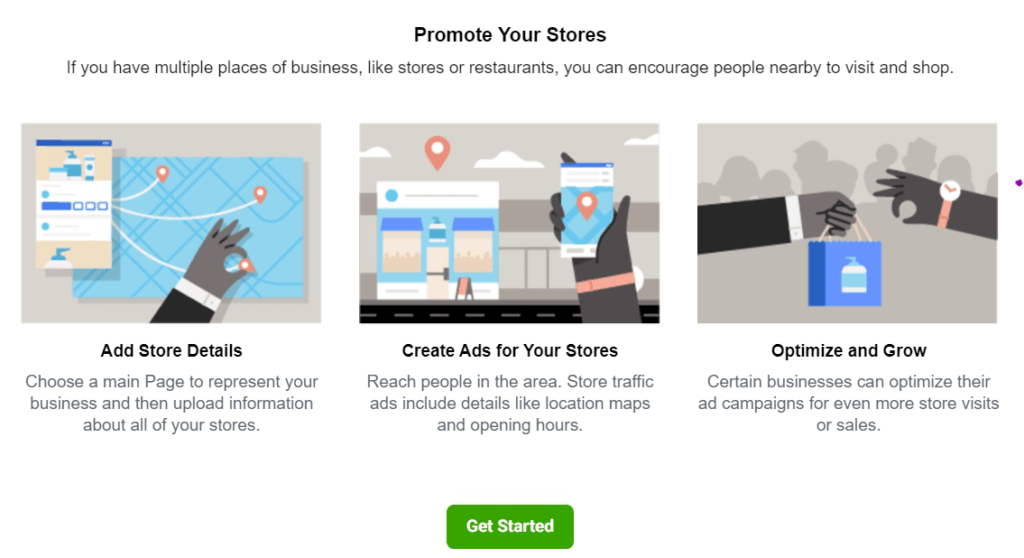
You can select Automatic Radius if you want us to set the radius based on population density. Select Fixed Radius to choose a specific radius size in miles or kilometers.
If you choose a distance, the standard radius is 50 km. You can change it to reduce or expand the coverage. It is also important to consider what is the distance, that your client may want to overcome to use your business services.
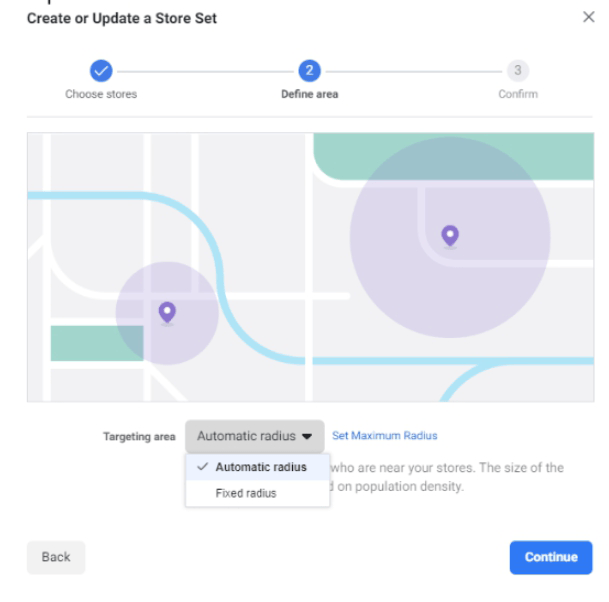
Store visits reporting and optimization options promise you to deliver the ads to users, who are most likely to visit a particular offline location.
Facebook warns that when you select the “Store Visits” ad objective, you’ll get the “Daily Unique Reach” optimization.
- To use optimization for the store visits, you need a business page with the location structure, meaning you need multiple locations. Thus, the option could be a good fit for the busineses like the brand with many store or the restaurant chain.
- If your business has a single offline location, it makes more sense to use the Reach ad objective now.
- With subsequent roll-outs, more businesses will get more functions. Nothing new here, right? 🙂
To sum up, the “Store Visits” ad objective implies the ad delivery of advertising based on the daily reach and the actual store visits tracking. For most advertisers, it’ll be just the reach for now.
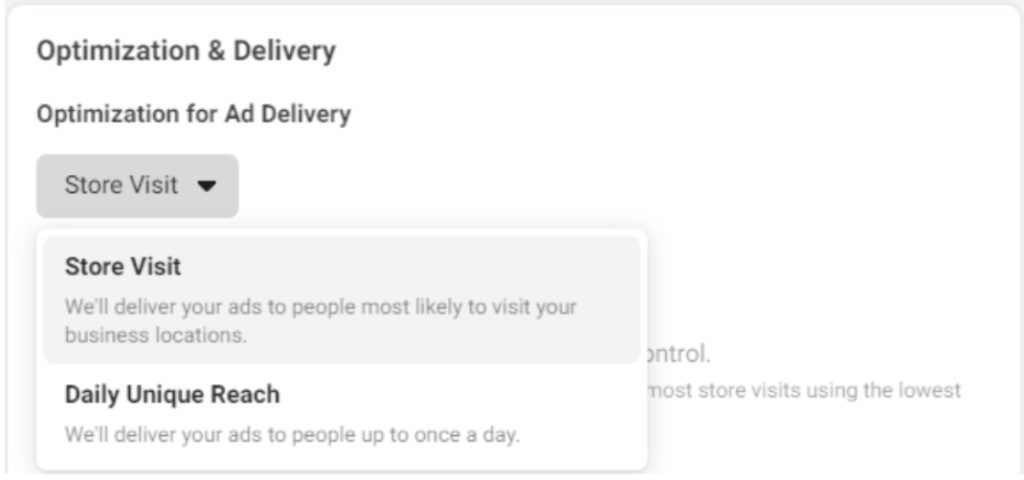
In addition, it is worth saying that there are three ways to add stores:
- Manually
- Massively (via uploading a file with a list of offline stores)
- Connect an existing Business page.
In addition, you can create Store sets to promote only certain offline points in the future, and not all.

How can the store visits get registered at all?
In e-commerce, the fact of a visit is registered thanks to Pixel installation on the website. Facebook is actively working on a similar tracking system for offline visits as well. Such system is expected to be based on the geolocation data, stored on the mobile phones. This makes all smartphones in the valuable data sources on user movements.
Users also profit from such data use. They can learn about restaurants and shops in their neighborhood, share their visits with friends on social networks and get the timely info about the upcoming event nearby.
The following system is used to determine, whether a user had been to the location, based on geo data from the mobile phones and the geodata on the business locations:
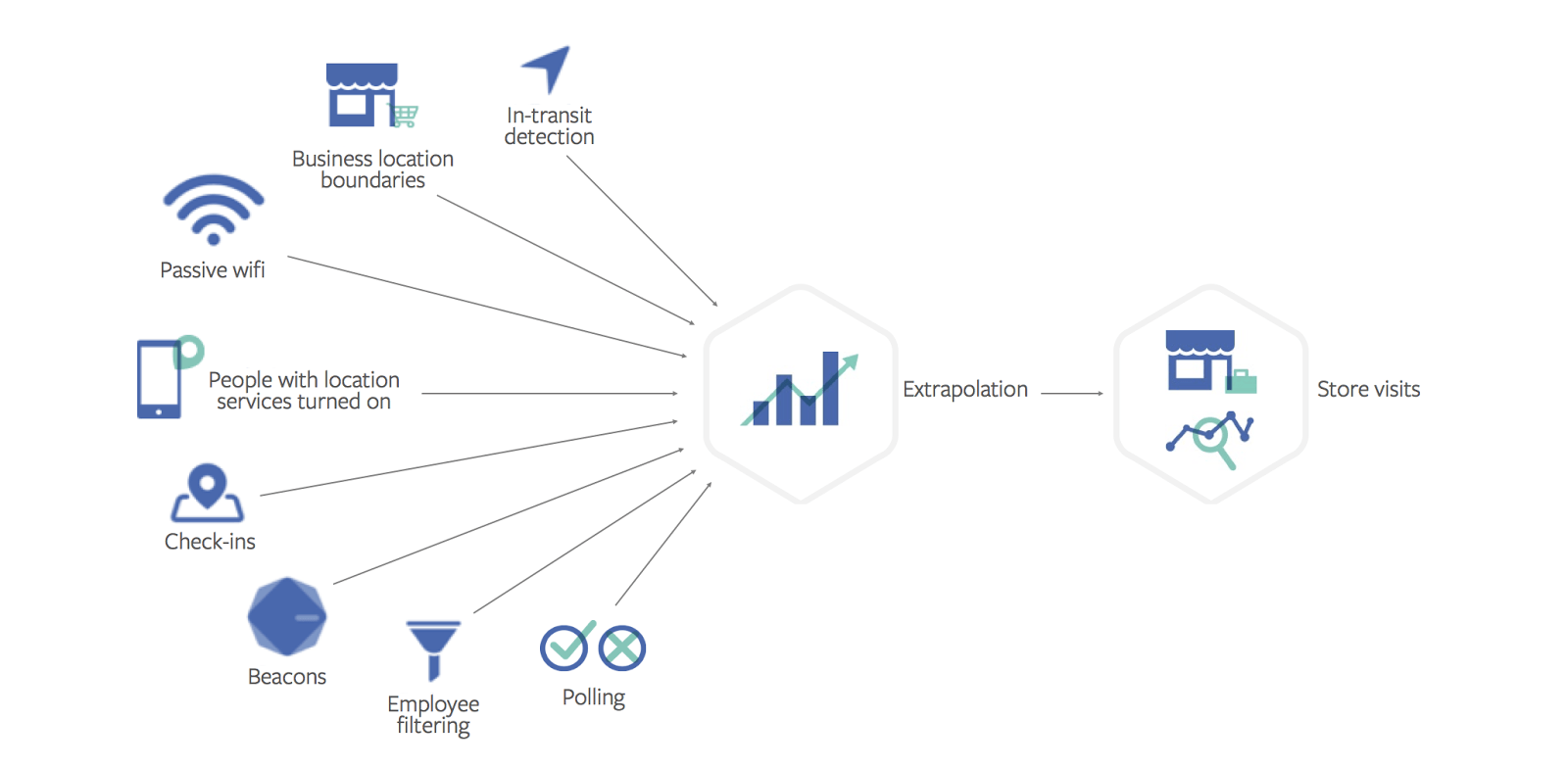
Officially, Facebook explains its procedure of visits tracking like this:
- They take the geolocation from user mobile phones,
- Compare them to the boundaries of the offline business locations, and
- Exclude the staff IDs.
The conversion is counted, when a user crosess the boundary of the location, regardless of its radius.
The boundaries of the offline business locations are determined based on the satellite imagery and the data from partners.
The user location is taken from the GPS, Wi-Fi and Bluetooth data, then it gets checked by the verification polls in the Facebook app.
If an offline location is close to others, like in the mall, then the tracking depends on the accuracy of location mapping from the neighbour business locations and user mobile data.
This is what Facebook officially answers to the most who ask, while we are waiting for the new roll-outs and the completion of tests.
In the meantime, advertisers can already include the data from offline locations in their ad campaigns by uploading offline conversions to the ad system.
How to upload conversion data with the Offline Events tool
If the customer journey ends with the targeted actions done offline, you will need the end data from an offline location.
You need such data to:
- evaluate the number of targeted actions done offline after viewing or clicking the ads,
- offer other products and services to your client base,
- optimize your ad delivery for offline conversions,
- and do other cool things.
Advertisers can connect offline conversions data to the Facebook system in three ways:
- Create a set of offline events and upload the CSV-file with a native tool from Facebook.
- Connect by API.
- Use the integration from Facebook partners, such as Salesforces, Segment, Zapier and others.
Then, the Facebook system analyzes and finds the connections within the vast amounts of heterogeneous data to produce the most accurate results.
If you don’t have the opportunity to use the API or partner integration, then the data on offline events will have to be uploaded manually.
Some tips on working with the offline event sets
Uploading offline conversion data manually may get really painful for an advertiser. The automatic system needs the maximum of the most accurate data to produce an effective result.
The file you upload manually must contain three types of data:
- customer details,
- event time,
- event details.
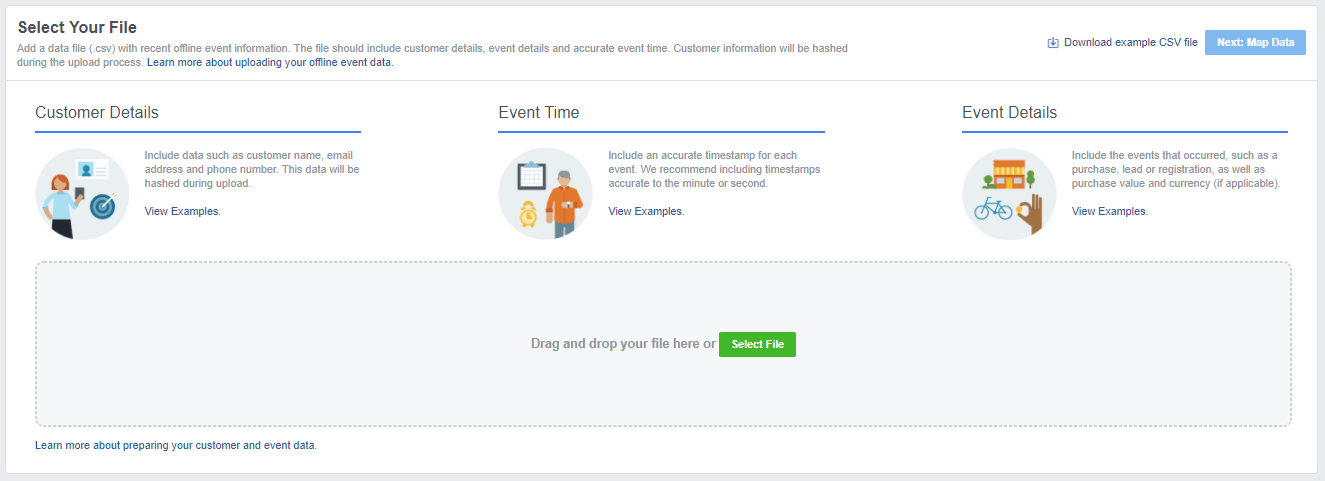
Facebook connects all customer details from offline locations with Facebook users. Therefore, the more different types of data you provide, the easier it will be for Facebook to perform the data mapping: name, date of birth, email, phone number, etc.
In addition to customer data, you also need to provide accurate data about the events themselves. For example, in the case of purchases, to maximize the division between events, you need to specify the purchase time with minutes and seconds, as well as provide unique item IDs. Remember, that one user can make multiple orders at the location within a single day.
Avoid gaps in the reports by uploading offline event data regularly. To avoid duplication of data, each new data upload must contain the events that occurred after the previous upload.
What’s the practical use to all of this?
Let’s analyze the possible promotion model on the example of a clothing store. We’ll name it “Median Shop”.
The “Median Shop” has several offline stores, where it sells the clothes. In its Business Manager, the brand creates Business Locations and specifies their addresses.
Now, the brand can advertise with the objective “Store Visits”. It launches an ad campaign to drive users who are nearby the location. The address of the store in an ad post changes dynamically so that interested users see the location, which is closest to where they are.
The reports with the results of such as campaign show, how many users went to the store.
To measure the results not only by the fact of a visit but also with the connected data on sales at the store, a brand then connects the offline data to the ad system.
The easiest way to do this for a clothing store is through the use of a CRM system. The data on purchases will be added to the ad campaign, that led the customer to these purchases. The brand will be able to understand the real return from the costs of the Facebook ads.
The added data from the offline channels let you monitor the end-to-end analytics and optimize the ad delivery for the growth of your actual business profits.
Manual upload of the offline data is a complex process.
It can differ depending on the chosen method — via API, partner integration or the creation of an event set. Meaning, the regular manual upload of the data, you can perform a single setting up process and launch an automatic uploading of offline data to the advertising system.
If you are interested in advertising an offline location with the optimization for the offline conversions, you can contact us with your request, and we will help you. Additional info on the offline conversions and API we’ll be the topic of our coming materials.
Don’t forget to subscribe to our blog and stay tuned!
If you have found a spelling error, please, notify us by selecting that text and pressing Ctrl+Enter.


